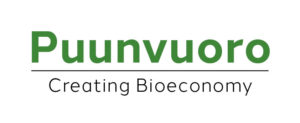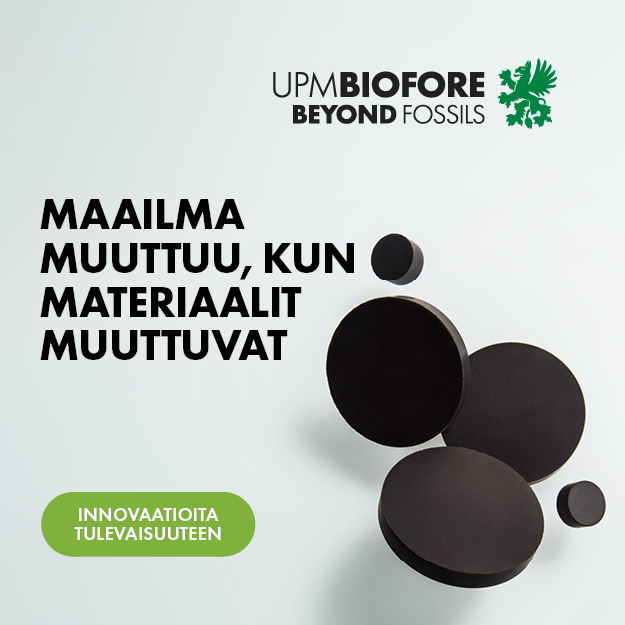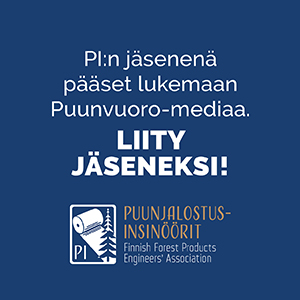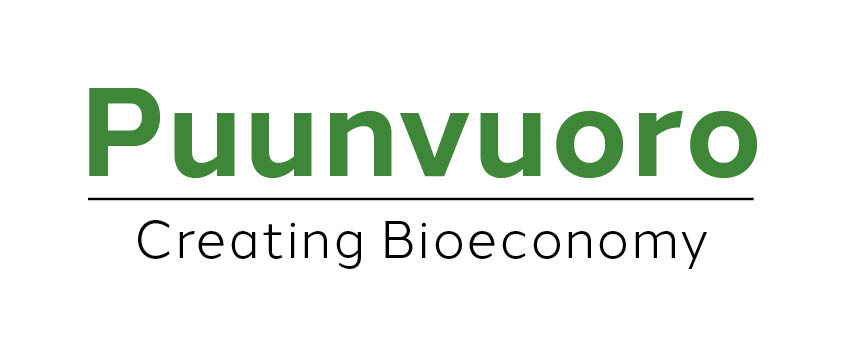For UPM Raflatac, keeping label waste in circulation is important.
Juha Virmavirta, the director at UPM Raflatac responsible for the RafCycle programme, wants to emphasise how central the recycling of material flows is for the circular economy.
“The labelling industry is a growing field and recycling is for us a way of making sure that sticker labels in particular will be as competitive an option as possible for the packaging industry.”
With its RafCycle programme, Raflatac offers its customers, which mainly consist of sticker printing companies, an easy choice for waste recycling.
“This brings added value, as waste disposal is labour-intensive and expensive.”
Label waste is a challenging product to recycle, as it comes with layers of different materials.
“In addition to the surface, which is the actual sticker label, the product also contains adhesive, silicon and the liner material, which generates the largest amount of waste. When a sticker is attached to a product, everything that remains becomes waste.”
Added value is necessary even in recycling
Raflatac’s logistics partners in Germany collect the backing material waste form the customers, which is currently recycled at UPM’s mill at Plattling, where it will be utilised as raw material for graphic papers. Silicone, which is an essential component in stickers, is separated from the waste at the mill before recycling.
RafCycle is not in use in Finland, as the practicalities in a country of small volumes and large land area are challenging. Instead, in Finland, label waste is taken, for example, to Rauma to be burnt for energy production.
Virmavirta stresses that, in addition to achieving higher efficiency in recycling, higher added value in the co-product flow should also be a priority.
“Label waste could be used in, for example, coreboard. However, better margins can be obtained when the waste is upgraded into paper and magazines. Generally speaking, I would say that the recycling of label waste is open to innovation. This is just the beginning.”
And as important as environmental considerations are, recycling is still a question of business.
“At the end of the day, it has to be profitable,” Virmavirta says.
Composite decking boards
According to Virmavirta, the RafCycle programme started forming eight years ago with the development of co-product flows at UPM’s own mills. As a result, the Lahti mill started producing UPM ProFi, which is a composite material containing label waste which is typically used for decking boards.
“The idea took off from there, and we also realised we could make use of the Plattning mill in this way. Next, we extended the service and offered it to all our customers and their customers, which mainly represent major product brands.”
Text: Jaakko Liikanen
Pictures: UPM



